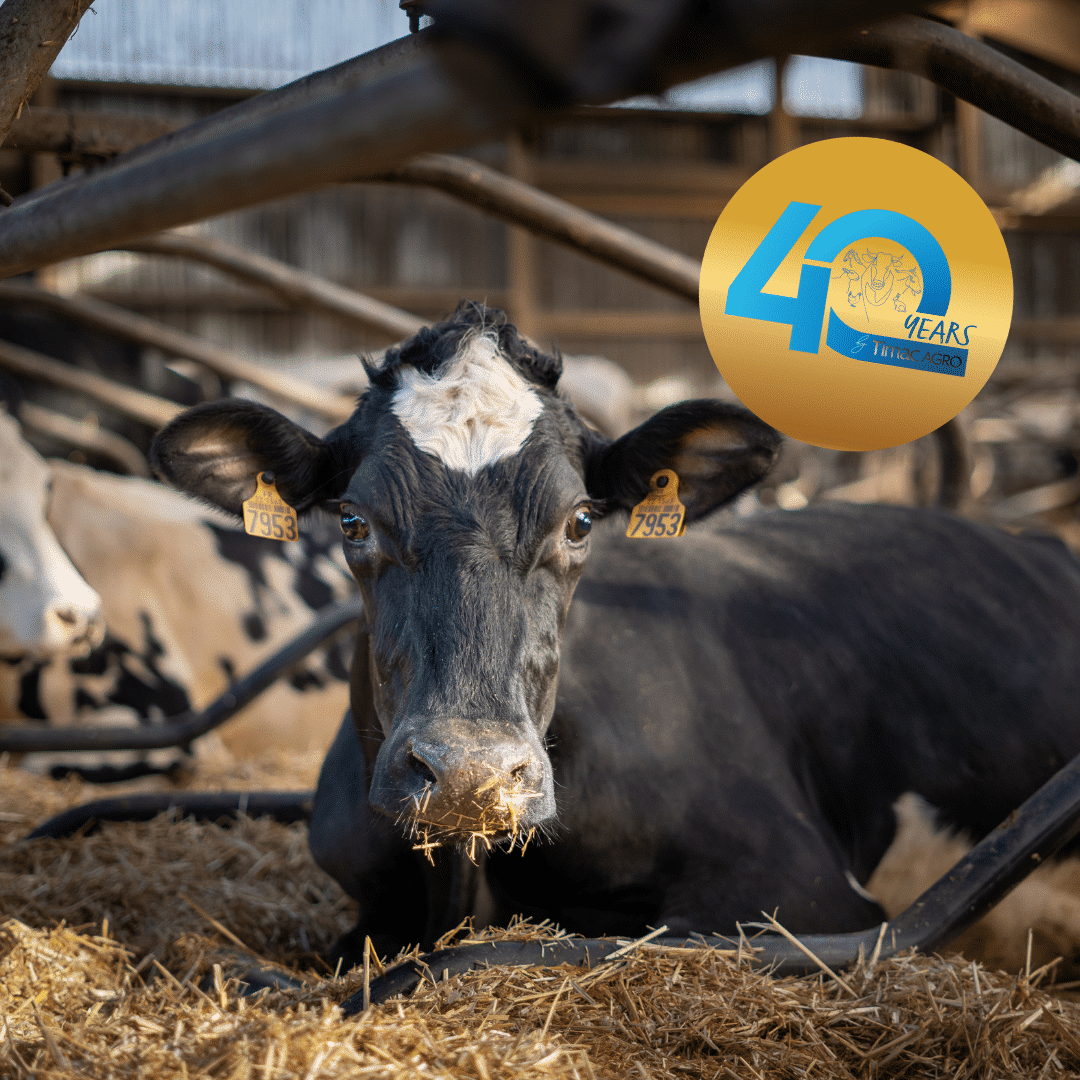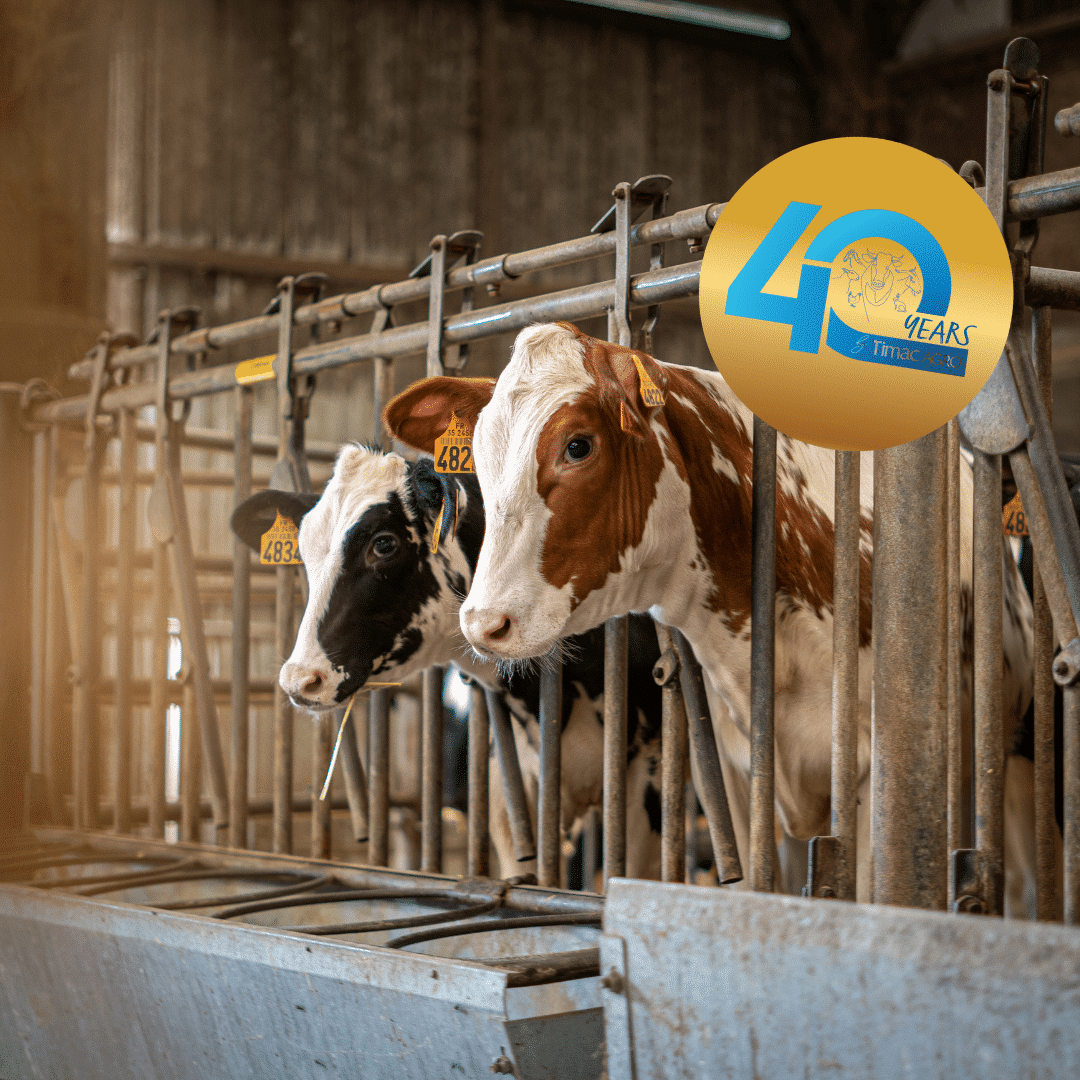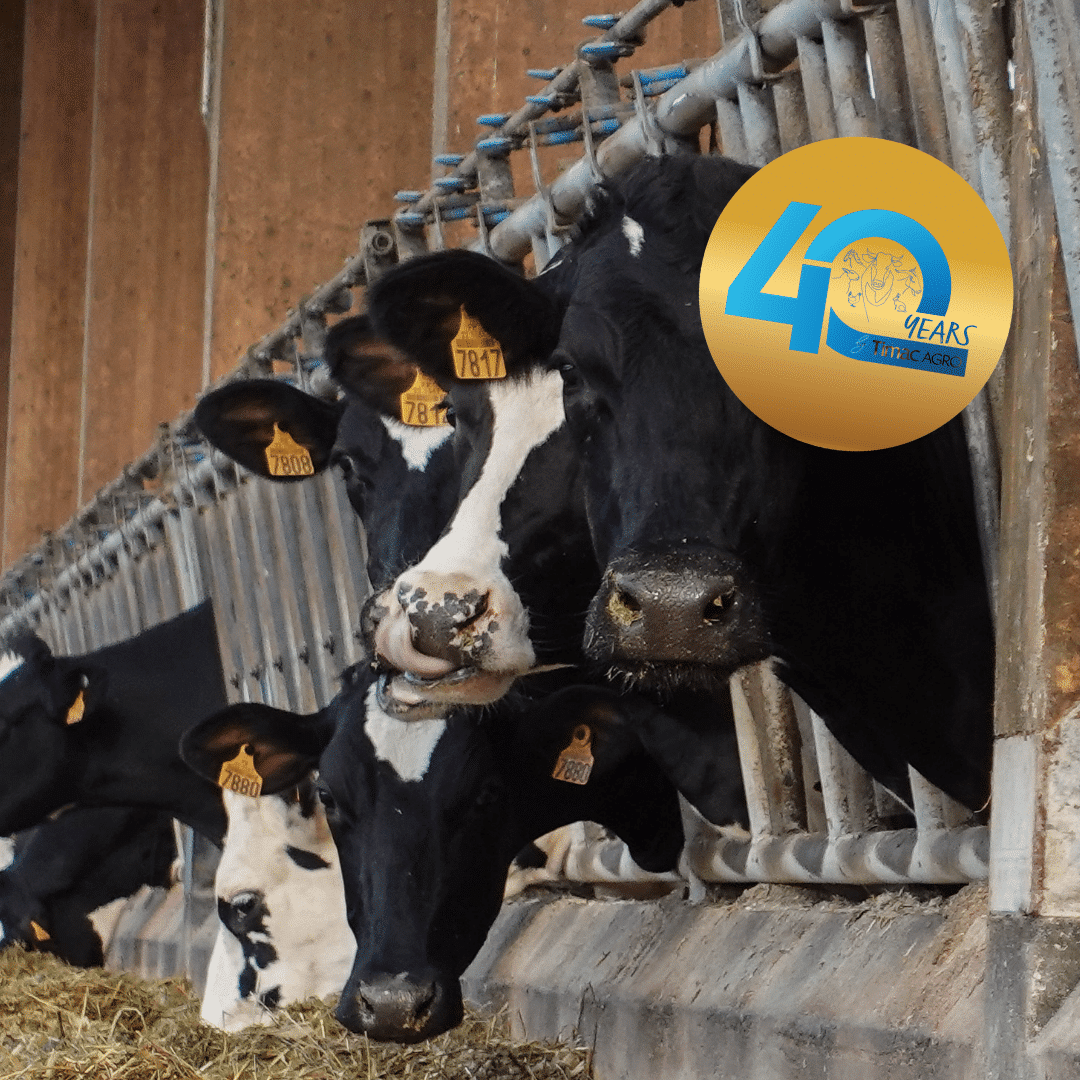Acidosis is a metabolic disease commonly found in intensive dairy or fattening farms. Ruminants with a high productivity are fed with diet rich in fat and fibers that are more complicated to enhance. This balance between energy and fiber generates a drop in pH.
What impact does acidic pH have on the rumen?
In the rumen, we find microorganisms whose role is to facilitate the digestion of nutrients and minerals from the ration necessary for the animal, as well as ruminal papillae that allow the absorption of nutrients.
A pH below 6 generates:
- A significant decrease in the number of microorganisms that no longer play their role in digestion.
- degradation of ruminal papillae.
How is acidosis observed? The first signs can be observed:
- Liquid dung with whole grains
- Parts of the animal’s body that become reddish such as the base of the horns, the base of the tail underside and the crown.
- The animal licks its sides a lot.
- A decrease of appetite.
- Appearance of line on hooves.
- Decreased intake.
How to limit the risk of acidosis:
- Have a balance in your ration between concentrate vs fibers
- Regulate pH
- Stimulate the efficiency of bacterial flora
- Add mineral support with TIMAC AGRO technologies.
TIMAC AGRO Technologies can help combat acidosis by improving diet efficiency, stimulating ruminal microoganisms, and regulating pH.



